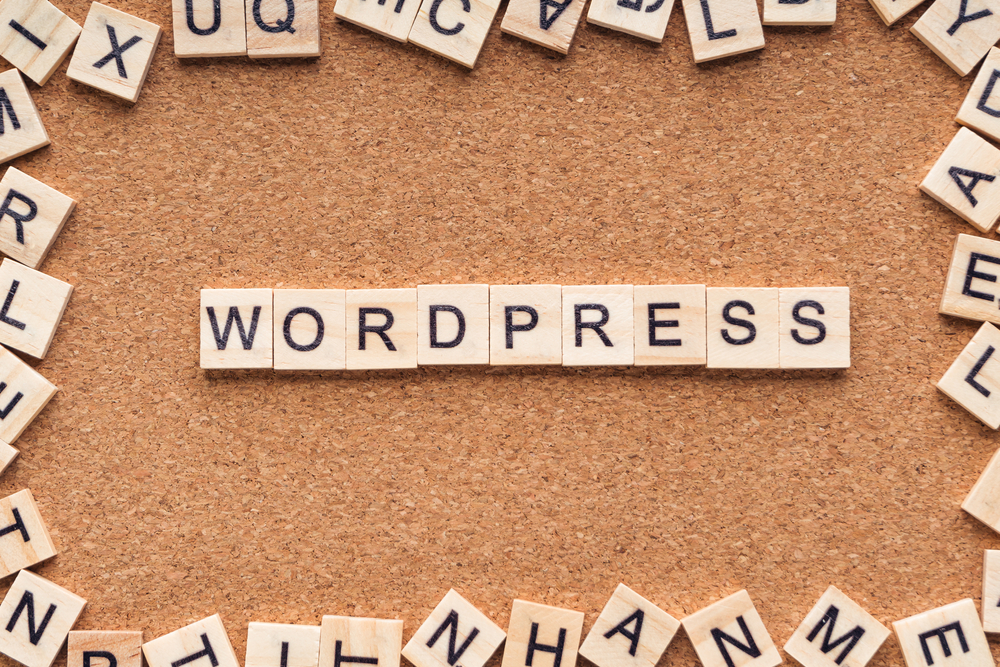
Mastering WordPress Customization and Maintenance: Expert Tips and Tricks

Introduction:
WordPress, a popular content management system (CMS), empowers millions of websites worldwide. Its flexibility and ease of use make it a preferred choice for both beginners and experienced web developers. Whether you are a beginner looking to personalize your WordPress site or an experienced user seeking advanced customization and maintenance techniques, this article will provide you with expert tips and tricks to help you elevate your WordPress (WP) skills to the next level.
Customizing WordPress (or WP) Theme:
1. Maximizing the Power of Themes:When it comes to customizing your WordPress (the platform for bloggers) site, selecting the right theme is crucial. Choose a theme that aligns with the nature of your website and provides the necessary features and flexibility for customization. Customizing a theme allows you to personalize the site's appearance, layout, and functionality.
2. Utilizing Child Themes:
Using child themes is a best practice for WordPress customization. A child theme inherits the functionality and styling of its parent theme while allowing you to make modifications without affecting the parent theme's code. This approach ensures easier updates and prevents the loss of your customizations.
3. Leveraging Custom CSS:
WordPress (the blogging platform) offers a built-in Customizer feature, allowing you to add custom CSS code to modify the appearance of your site. This powerful tool eliminates the need to edit theme files directly, making it easier to update your theme without losing customization.
4. Adding Custom Code:
To further enhance your site's functionality, consider adding custom PHP code using functions.php file, a key file in WordPress theme development. This file helps you add custom features, tweak existing ones, and integrate third-party services seamlessly.
Maintenance and Optimization:
5. Regular Updates:Keeping your WordPress installation, themes, and plugins up to date is essential for security, bug fixes, and improved performance. Regularly check for updates and apply them promptly to ensure your site is running smoothly.
6. Plugin and Theme Audit:
Review the plugins and themes installed on your site periodically to ensure they are still actively maintained, compatible with the latest WordPress version, and free from any security vulnerabilities. Remove unnecessary plugins and themes to improve your site's speed and reduce potential security risks.
7. Backup Your Site:
Having a regular backup routine is crucial for safeguarding your WordPress site against data loss or unforeseen events. Use reliable backup plugins or hosting services to automatically back up your site's files and database.
8. Optimize Performance:
Slow-loading websites can negatively impact user experience and search engine rankings. Optimize your site's performance by compressing images, enabling caching, and using content delivery networks (CDNs) to speed up page load times.
9. Secure Your Site:
WordPress security is of utmost importance. Protect your site by using strong passwords, restricting login attempts, regularly scanning for malware, implementing SSL certificates for encrypted connections, and using security plugins that provide additional layers of protection.
Frequently Asked Questions:
Q1: Can I customize any WordPress theme?A1: Yes, WordPress allows customization of virtually any theme. However, using a theme that provides customization options and supports child themes makes the process easier and less likely to break future updates.
Q2: How often should I update my WordPress installation?
A2: It is recommended to update your WordPress installation as soon as updates become available. Aim for regular updates at least once a month to ensure optimal security and performance.
Q3: Is it possible to revert back to a previous version of a plugin or theme?
A3: Some premium plugins/themes offer the option to roll back to a previous version. However, it's generally advisable to have backups in place, as reverting to older versions may have compatibility issues or security vulnerabilities.
Q4: Are free backup plugins reliable?
A4: While many free backup plugins are reliable, it's important to research and choose a reputable one with regular updates and good user reviews. Paid backup plugins usually offer more extensive features and support.
Q5: How can I improve my WordPress site's search engine optimization (SEO)?
A5: Utilize SEO plugins, optimize your content with relevant keywords, ensure fast page loading speed, create XML sitemaps, generate SEO-friendly URLs, and build high-quality backlinks to improve your site's SEO.
Conclusion:
Mastering WordPress customization and maintenance requires continuous learning and practice. By implementing the expert tips and tricks shared in this article, you can take full advantage of WordPress's capabilities, create a unique website, and ensure its smooth operation. Stay updated with the latest trends, explore new plugins and themes, and never hesitate to seek assistance from the vast WordPress community to enhance your skills as a proficient WordPress user.
Other useful resources
- https://www.wordpress24plus.com/services/wordpress-development/
- https://www.wordpress24plus.com/services/
- https://www.wordpress24plus.com/wordpress-tools-directory/